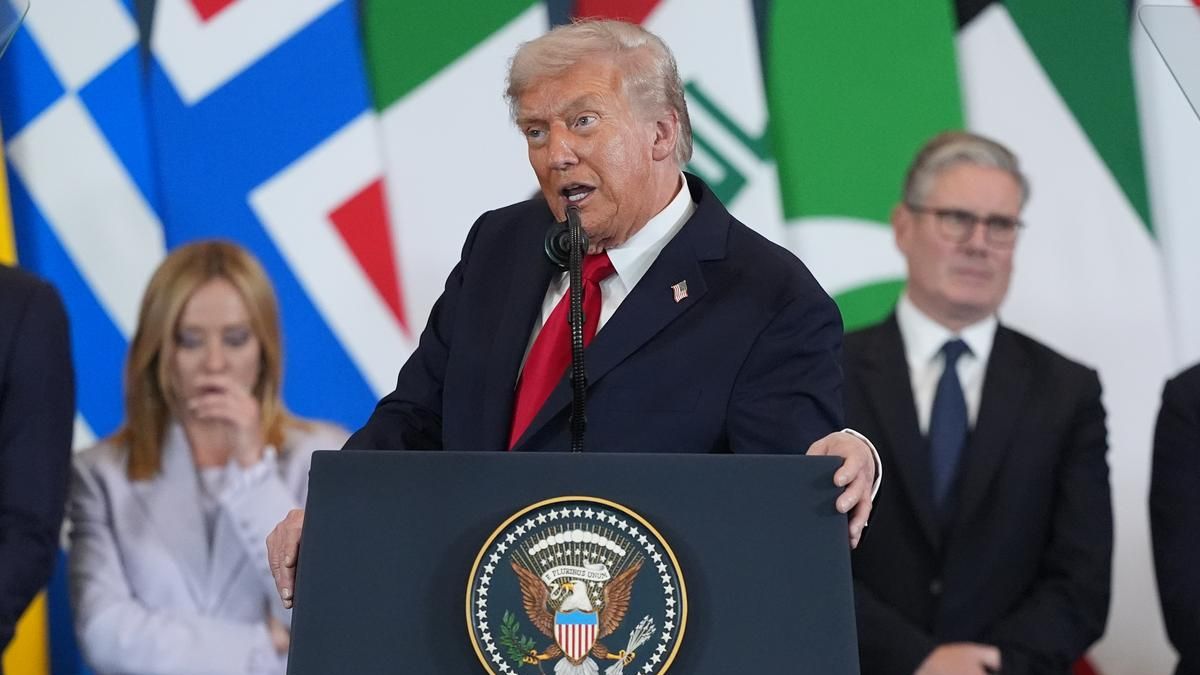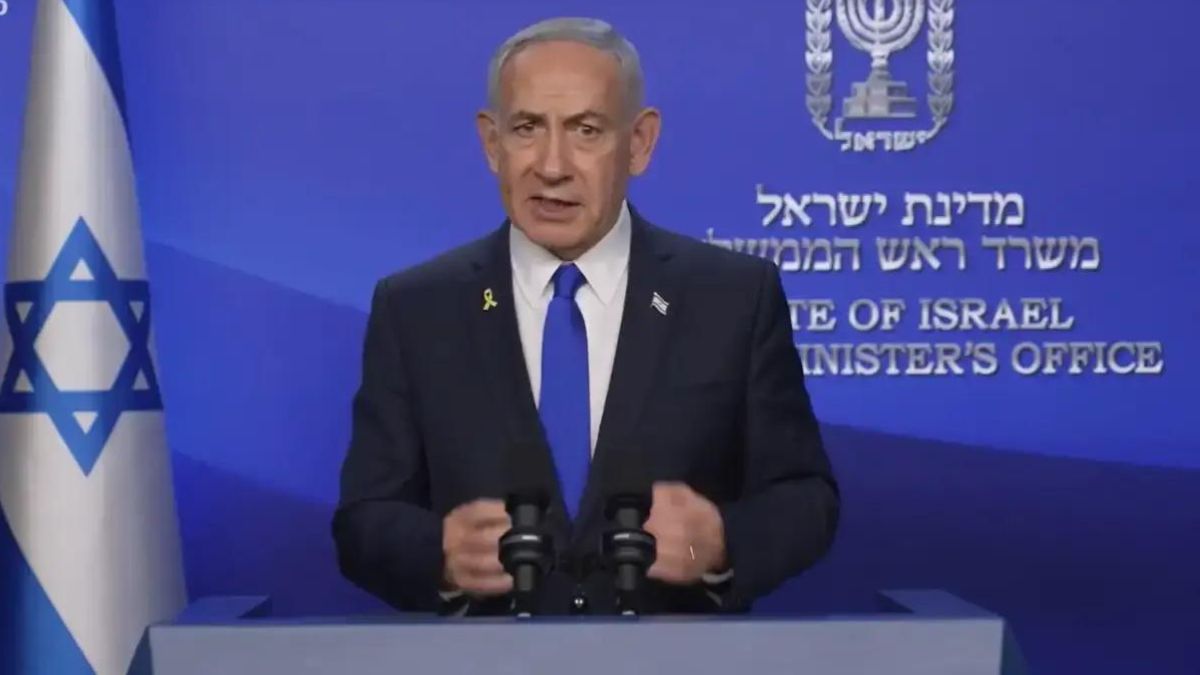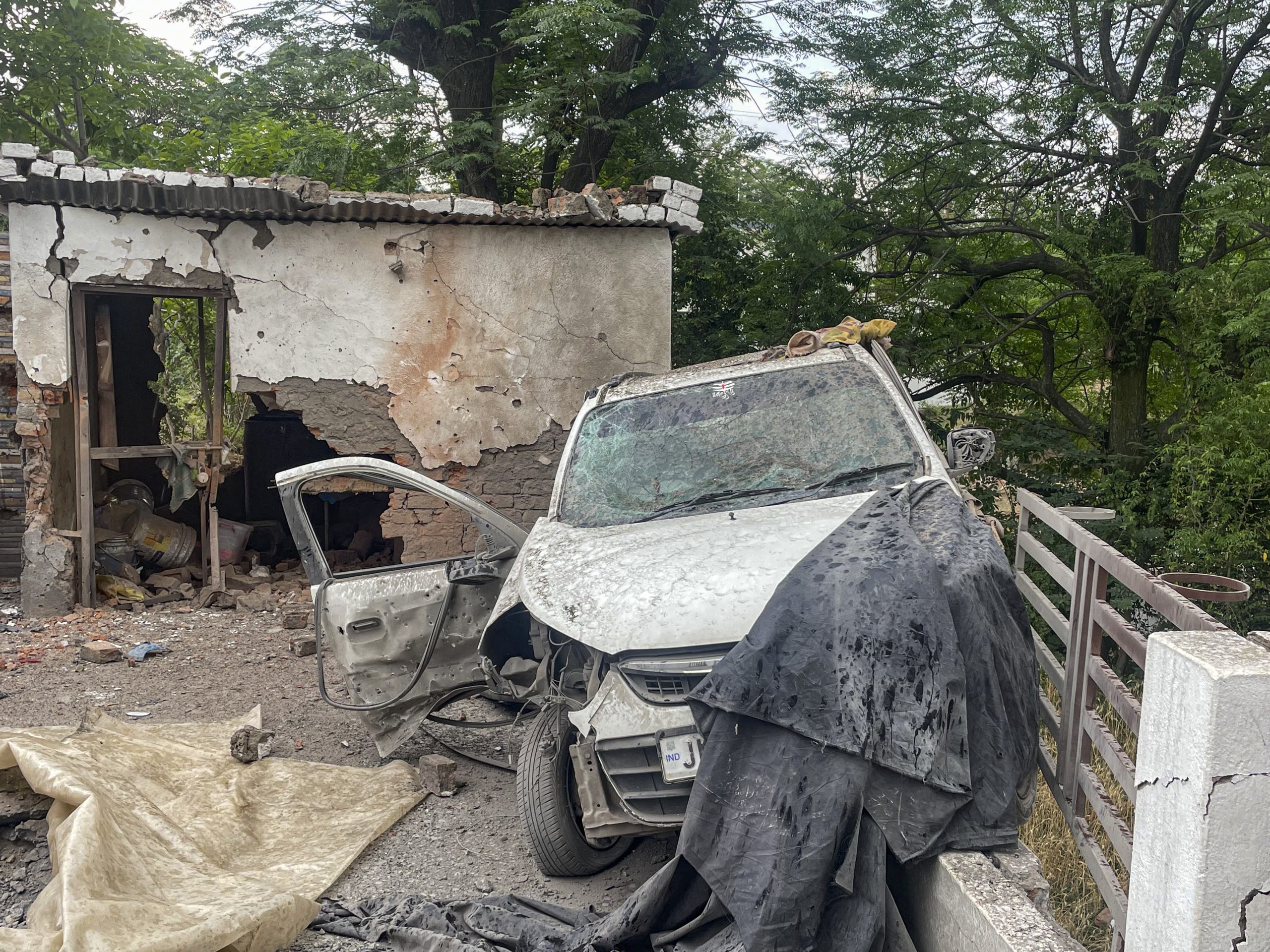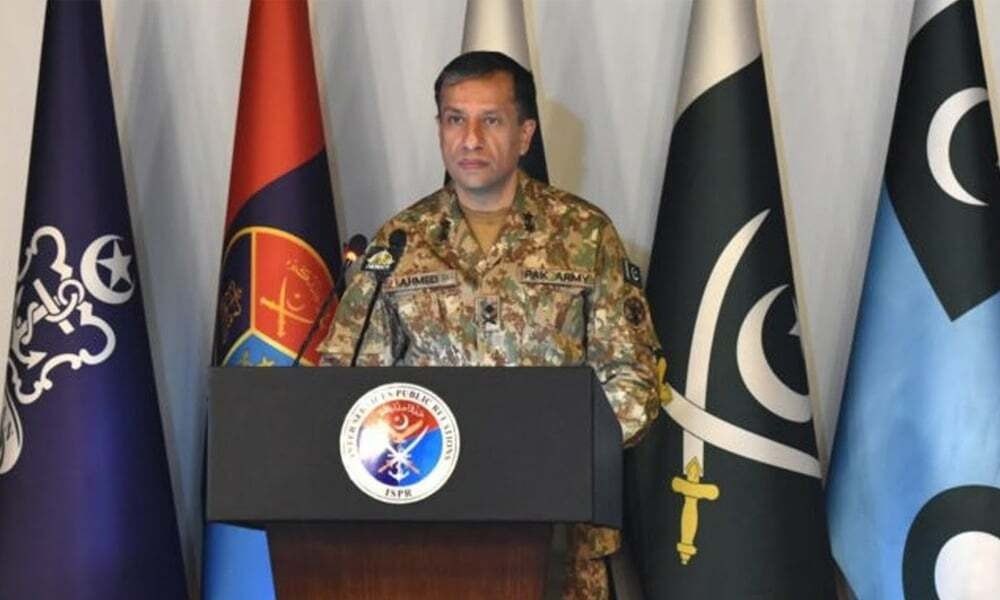IIT Ropar’s Autonomous Landing, Geo-Tracking Systems Project To Fuel Indian Army’s Drone Power
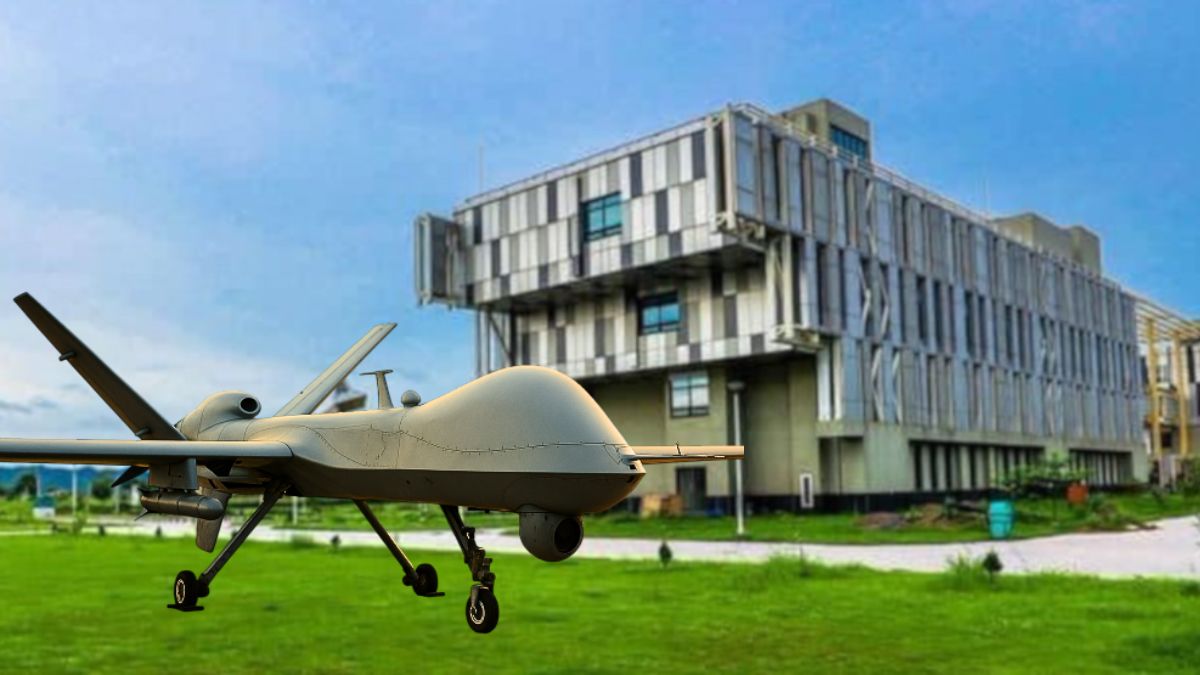
IIT Ropar joined hands with AVPL International to make India’s first fully indigenous drone system. Image courtesy: RNA
Indian Army’s drone power was well reflected in Operation Sindoor, launched in the aftermath of the April 26 Pahalgam terror attack. Less than 10 days before the operation, a partnership was announced that is set to give further boost to Indian Army’s drone power.
In late April, IIT Ropar joined hands with AVPL International to make India’s first fully indigenous drone system. As part of this collaboration, they aim to develop drones with 100% India-made technology, thereby addressing security concerns linked with foreign-controlled drone systems.
A team of researchers at the prestigious institute is now working to aid the army achieve their vision of fully indigenised drones.
Will India get its first fully indigenous drone system soon?
This dedicated team of students and professors at IIT Ropar’s Centre of Drones and Autonomous Systems (CoDRAS) is working on building next-generation, patented technologies to ensure India’s drones are both safe and self-reliant.
Aligning the vision of ‘Aatmanirbhar Bharat’ and ‘Make in India’, their work is focused on creating AI-driven navigation systems, advanced flight algorithms, and secure communication networks. Such technologies will help India not only bring down its dependence on foreign systems but also keep sensitive data safe in India.
Indian Army has asked the team to work on 2 major projects which include facilitating autonomous landing of drones on the frontlines and war zones, and real-time geo-location estimation using the drones, The Statesman reported.
How will Made in India drone technology help Army?
‘Made in India’ drone tech has become the need of the hour owing to the rise in the use of technology-based warfare equipment. “The project is of special interest to the Indian defence forces for enabling uninterrupted drone surveillance and operations at the frontlines,” Dr Shashi Shekhar Jha, coordinator CoDRAS, told The Statesman.
These drones can give real-time situational awareness, enhance reconnaissance missions with continuous operational capabilities. Additionally, they can support critical decision-making in GPS-denied or contested environments.
In their partnership announced earlier this year, Gurugram-based AVPL International is infusing around Rs 5 to 6 crore with the goal to create drones that are scalable, secure, and affordable.
How will India’s first fully indigenous drone system work?
As per the latest update, the team at IIT Ropar is establishing static platforms for precision landing of the drones, that would come handy in rugged terrain. They are also trying to modify it as per the needs of the Indian Army so it can land on both static and movable bases, including tanks and vehicles.
This indigenous drone system is currently in the testing stages, and could be finished by the end of 2025.
‘Real-time Geo-location estimation using Drones’, on the other hand, is focused on drone-based object identification, geo-location estimation, and change detection. This would help the forces track changes in movement and even the foliage in case of densely covered areas.


